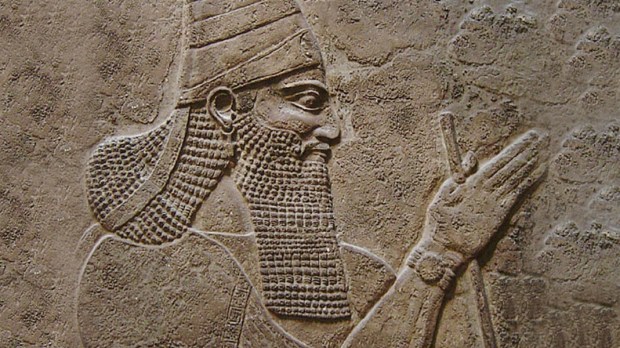Purdue University professor Lawrence Mykytiuk is on a mission to determine whether the people mentioned in the Bible actually existed. By using the archaeological record, he has been able to confirm the identities of 53 individuals.
“While some would put their hand on the Bible and really mean it when they take an oath, a few revisionist academics would throw it out and say, ‘That’s creative writing.’ I was looking for concrete, objective evidence outside of the Bible that would help build the case,” Mykytiuk, an associate professor of library science, said in a press release.
Mykytiuk first published his findings with the Biblical Archaeology Society in 2014, when he wrote that he had authenticated the existence of 50 people named in the Old Testament. In April of this year, he updated his study to add three more.
While there are over 3,000 people named in the Hebrew Bible, Mykytiuk says that not enough information from other archaeological evidence in the form of inscriptions is available to prove their existence.
For the 53 names that he verified, Mykytiuk used inscriptions and his knowledge of ancient Hebrew, Aramaic and Greek, along with Canaanite dialects and other ancient languages, to confirm that they lived when and where the Bible says they did.
After years of working on figures from the Old Testament, Mykytiu now plans to begin conducting research to verify the existence of individuals mentioned in the New Testament.
He uses a rigorous three-step process in his research. According to a press release from Purdue University, the individual in the Bible can be identified by his name, his father’s name, and his title. These three marks must match three marks on the inscription to be considered a “lock.” If two match, that is considered enough for a match, but one is not enough.
“Sometimes the three-step process is not necessary, as when we know that the person in an inscription and the person in the Bible are both connected to a one-time circumstance or event that fits one and only one person,” Mykytiuk said. “For example, Ahab, king of Israel, ruled during the period in which the famous battle of Qarqar was fought in 853 B.C. His Assyrian enemy wrote about ‘Ahab the Israelite,’ one of the kings he fought in that particular battle. Therefore, Ahab, king of Israel in the Bible, and Ahab, the Israelite king at the battle of Qarqar in the Assyrian inscription, must have been the same person.”
Mykytiuk says that his research has done much to prove the historical credibility of the Bible.
“This evidence shows that it is not essential to have religious faith in order to understand and accept much of what the Bible presents. It demonstrates that even on the basis of writings outside of the Bible alone, Scripture does have a considerable degree of historical credibility.”
Read this chart of the “53 People Confirmed Archaeologically.”

